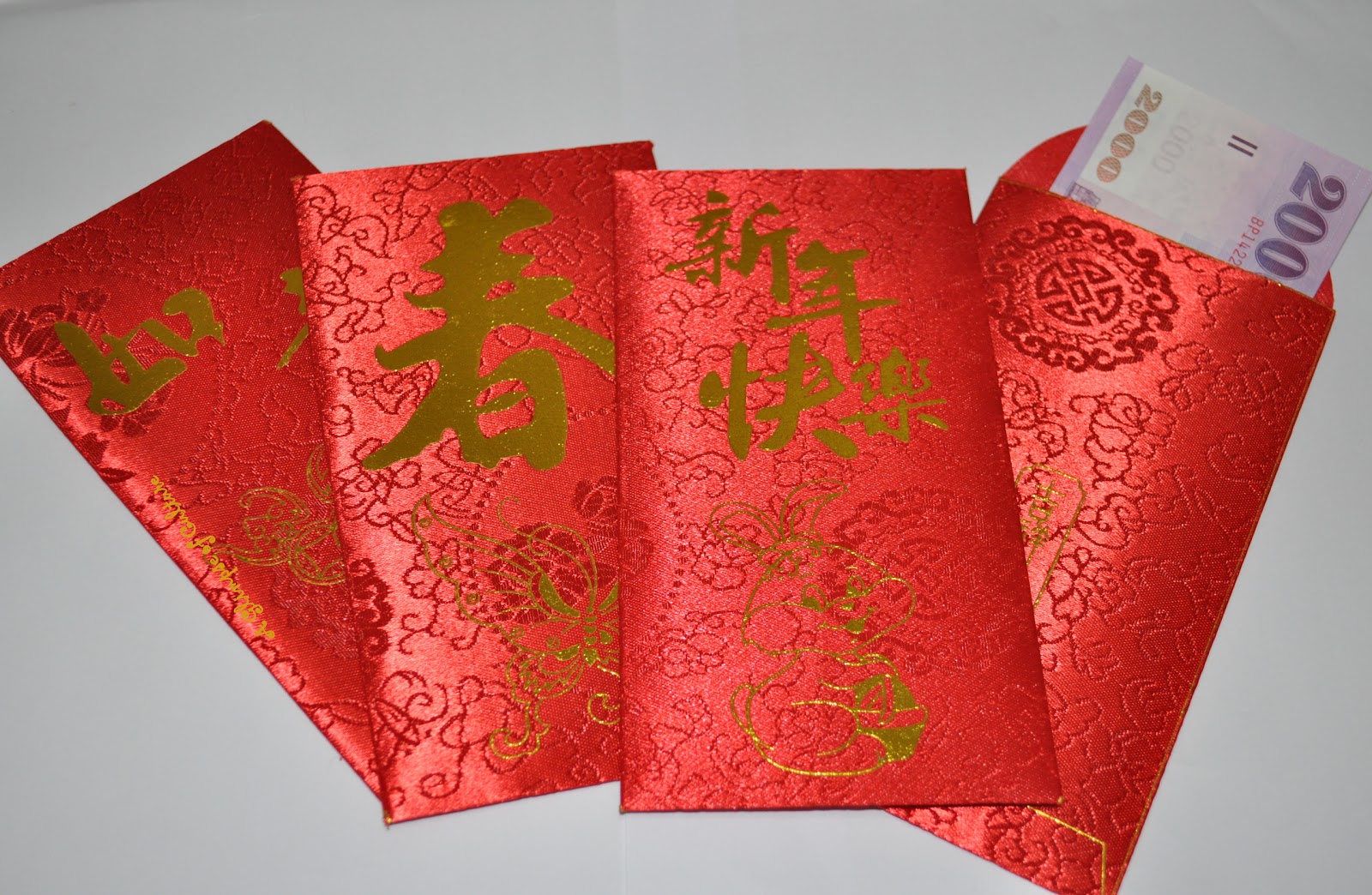The red envelope is a captivating symbol deeply rooted in various cultures, particularly in Chinese traditions. Its vibrant color and distinctive shape make it a beloved item during significant celebrations, especially during the Lunar New Year. These envelopes are not merely decorative; they carry profound meanings and are often filled with monetary gifts, blessings, and good fortune. As we delve deeper into the world of red envelopes, we uncover their rich history and the traditions surrounding them.
Traditionally, red envelopes, also known as "hongbao," are given during festive occasions such as weddings, birthdays, and the New Year. The act of giving these envelopes is seen as a gesture of goodwill and a wish for prosperity in the recipient's life. Each envelope is often adorned with intricate designs, symbols, or even messages that convey the giver's hopes and blessings. This practice transcends mere financial gifting; it embodies cultural values and familial connections that resonate deeply within communities.
In recent years, the red envelope has evolved, adapting to the digital age with the introduction of electronic red envelopes. These modern iterations have gained popularity, especially among younger generations, allowing for the sharing of blessings and monetary gifts through online platforms. Despite this evolution, the core significance of the red envelope—the sharing of love, luck, and prosperity—remains unchanged.
What is the Historical Significance of the Red Envelope?
The red envelope has a storied history that dates back centuries in Chinese culture. Initially, the envelope was used to protect money or gifts given to children during the New Year, believed to ward off evil spirits. The origins of this practice are intertwined with various legends, including the tale of the mythical beast Nian, who would come to terrorize villages at the beginning of each year.
How is the Red Envelope Used During Chinese New Year?
During the Lunar New Year, the red envelope takes center stage. It is typically filled with cash, symbolizing luck and blessings for the upcoming year. Traditionally, parents, grandparents, and married couples give these envelopes to children and unmarried individuals. The amount inside the envelope is often considered a reflection of the giver's wealth and generosity, but it is the act of giving itself that holds the most significance.
Who Receives Red Envelopes and Why?
Red envelopes are primarily given to children and unmarried individuals as a way to wish them good fortune and prosperity. The act of receiving a red envelope is often accompanied by polite exchanges of greetings and well-wishes. Recipients are expected to thank the giver and, in some cases, to share their blessings with others as a sign of gratitude.
What Do the Colors and Symbols on Red Envelopes Represent?
The color red is emblematic of good luck and happiness in Chinese culture, making it the perfect choice for these festive envelopes. Various designs and symbols, such as gold characters or images of animals from the Chinese zodiac, often adorn the envelopes, each carrying its own meaning. For instance, a dragon represents power and strength, while peonies symbolize wealth and prosperity. These designs add a personal touch, conveying the giver's wishes for the recipient.
How Have Red Envelopes Transformed Over Time?
With the advent of technology, the tradition of giving red envelopes has expanded into the digital realm. Mobile apps have introduced virtual red envelopes, allowing users to send money quickly and conveniently. This modern twist has made it easier for people to participate in the tradition, especially those who may be separated by distance. Despite the shift to digital, the essence of sharing blessings and good fortune remains intact.
Are There Cultural Variations of Red Envelopes?
While red envelopes are most commonly associated with Chinese culture, other cultures in Asia also have their versions. For instance, in Vietnam, the "li xi" envelope is given during the Lunar New Year, while in Korea, money is presented in a similar manner during celebrations. Each culture incorporates its own customs and meanings, showcasing the universal desire to share good fortune and blessings.
What Role Does the Red Envelope Play in Modern Society?
In contemporary society, the red envelope continues to be a symbol of goodwill and prosperity. Its presence is felt across various celebrations, including weddings and birthdays. Many businesses have also adopted the tradition, offering red envelopes as promotional items or gifts to customers during festive seasons. The red envelope has transcended its traditional roots, becoming a versatile symbol of generosity and positivity.
How Can You Make Your Red Envelope Special?
To make your red envelope stand out, consider personalizing it with unique designs or handwritten messages. Here are a few tips:
- Choose a beautiful envelope with intricate designs.
- Include meaningful symbols or characters that resonate with the recipient.
- Write a heartfelt note or blessing inside the envelope.
- Consider varying the amount of money based on your relationship with the recipient.
Can You Celebrate with Red Envelopes Outside of Cultural Contexts?
Absolutely! While the red envelope has cultural roots, its themes of generosity and goodwill can be embraced by anyone. Incorporating red envelopes into celebrations, such as birthdays or graduations, can be a fun way to share blessings and create meaningful connections with loved ones. The key is to focus on the spirit of giving and the joy it brings to both the giver and the recipient.
Conclusion: Embracing the Red Envelope Tradition
The red envelope is more than just a simple gift; it represents love, luck, and the enduring bond between individuals. As we celebrate traditions and adapt to modern times, the essence of the red envelope continues to thrive. Whether through physical or digital means, sharing blessings and good fortune remains an integral part of human connection. Embracing this tradition allows us to not only honor our cultural heritage but also foster a spirit of generosity and kindness in our communities.




